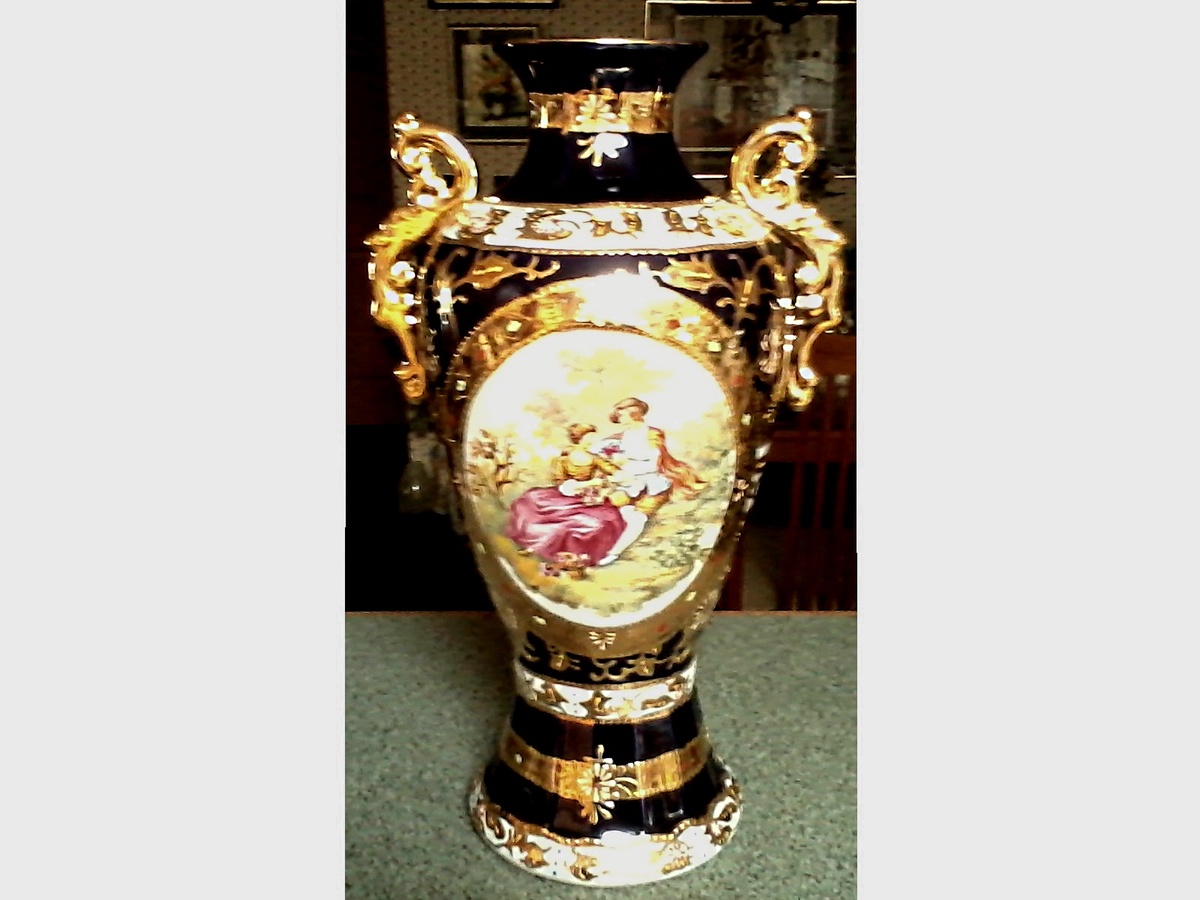Introduction to European Design Decorative Porcelain
When it comes to home decor, few elements add as much charm and sophistication as decorative porcelain. European design has long been synonymous with quality and craftsmanship, particularly in the realm of porcelain. These pieces are not just functional; they tell stories, reflect culture, and can transform a space instantly.
As someone who has spent years curating a collection of decorative porcelain, I have learned the nuances of this exquisite art form. In this article, I’ll share my insights, tips, and personal experiences with European design decorative porcelain.
The Rich History of European Porcelain
Origins of Porcelain in Europe
Porcelain, originally developed in China, made its way to Europe in the early 18th century. The enchanting allure of this fine material captured the imagination of European artists and merchants alike. The first European porcelain factories emerged in Meissen, Germany, followed by others in places like Sèvres in France and Wedgwood in England.
Key Historical Developments
- 1708: Discovery of the secret to porcelain production in Meissen, leading to the establishment of Europe’s first porcelain factory.
- 1738: The founding of the Sèvres porcelain factory in France, known for its opulent designs.
- 1759: The establishment of Josiah Wedgwood’s factory in England, which introduced innovative techniques.
Different Styles of European Decorative Porcelain
Meissen Porcelain
Meissen porcelain is renowned for its intricate designs and vibrant colors. Often featuring motifs inspired by nature, these pieces are a feast for the eyes and a staple for collectors.
Sèvres Porcelain
Sèvres pieces are characterized by their exquisite blue and gold accents. Often commissioned by royalty, Sèvres porcelain embodies luxury and elegance.

Wedgwood Porcelain
Wedgwood is known for its neoclassical style and is famous for its Jasperware, which features relief decorations. This brand has managed to combine artistry with practicality, making it a favorite among collectors.
Royal Copenhagen
Famous for its hand-painted blue and white designs, Royal Copenhagen pieces often depict scenes from Danish folklore and nature.

Integrating Decorative Porcelain into Your Home
Choosing the Right Porcelain for Your Space
When incorporating decorative porcelain into your home, it’s essential to consider both the aesthetic of the piece and the overall style of your decor. Here are some tips I’ve gathered over the years:
- Choose pieces that complement your existing color scheme.
- Mix different porcelain styles for a more eclectic look.
- Use porcelain as statement pieces on shelves, mantels, or dining tables.
Displaying Your Collection
A well-curated display can elevate the beauty of your porcelain collection. Consider the following tips:
- Use glass cabinets or open shelving to showcase your pieces while protecting them from dust.
- Group items by color or theme for a cohesive look.
- Incorporate lighting to highlight intricate details.

Collecting European Decorative Porcelain
Where to Find Authentic Pieces
Finding authentic European decorative porcelain can be a thrilling adventure. Here are some places to explore:
- Antique shops and flea markets
- Online auction sites
- Specialty porcelain dealers
Evaluating Authenticity and Value
When collecting porcelain, understanding its authenticity and value is crucial. Here are some factors to consider:
| Factor | What to Look For |
|---|---|
| Markings | Check for factory marks, which can indicate the age and origin. |
| Condition | Look for cracks, chips, and restorations that can affect value. |
| Provenance | Documentation or history of ownership can add value. |

Pros and Cons of Decorative Porcelain
Pros of Collecting Decorative Porcelain
- Timeless beauty that enhances any decor.
- Variety of styles to suit different tastes.
- Potential as an investment that gains value over time.
Cons of Collecting Decorative Porcelain
- Fragile nature requires careful handling and storage.
- Price can be high for genuine antique pieces.
- Collecting can require a significant investment of time and research.

Frequently Asked Questions (FAQs)
What is the difference between porcelain and china?
While the terms are often used interchangeably, “china” generally refers to porcelain made in China, whereas “porcelain” can refer to any similar ceramic material produced elsewhere.
How can I tell if my porcelain is valuable?
Value can depend on factors such as age, condition, rarity, and manufacturer. Consulting an appraiser may provide a more accurate assessment.

Can decorative porcelain be used for everyday dining?
Some decorative porcelain is designed for everyday use, while others should be reserved for display. Always check for markings that indicate dishwasher or microwave safety.
How should I care for my decorative porcelain?
Care depends on the specific piece. Generally, avoid abrasive cleaning materials, and hand wash delicate items as needed.